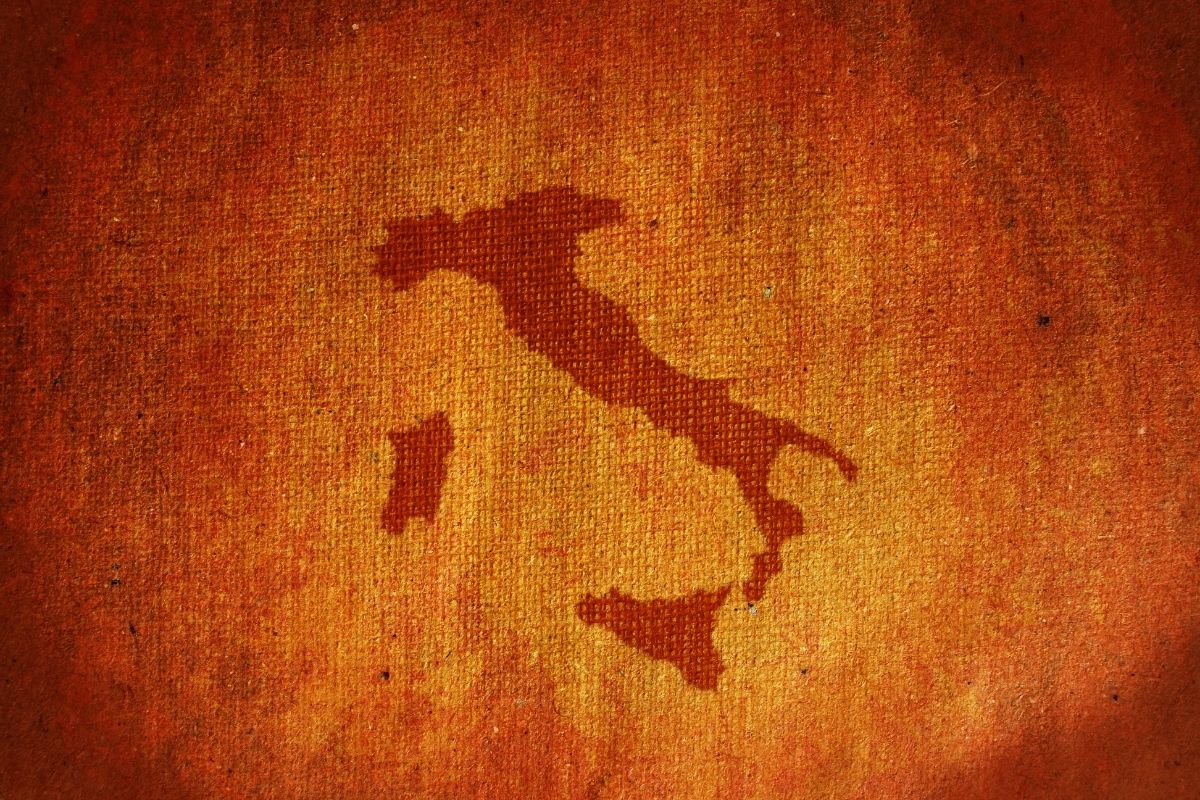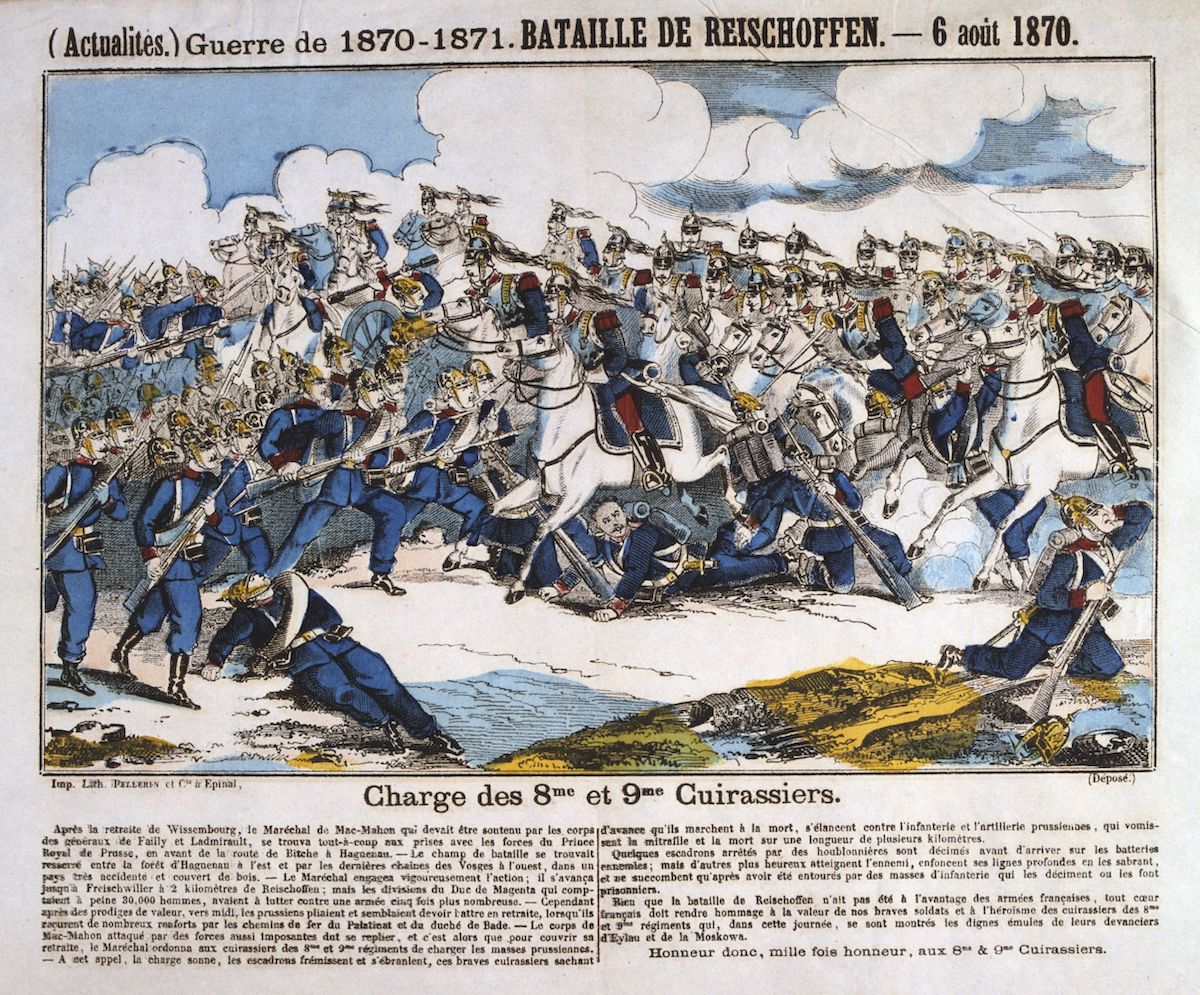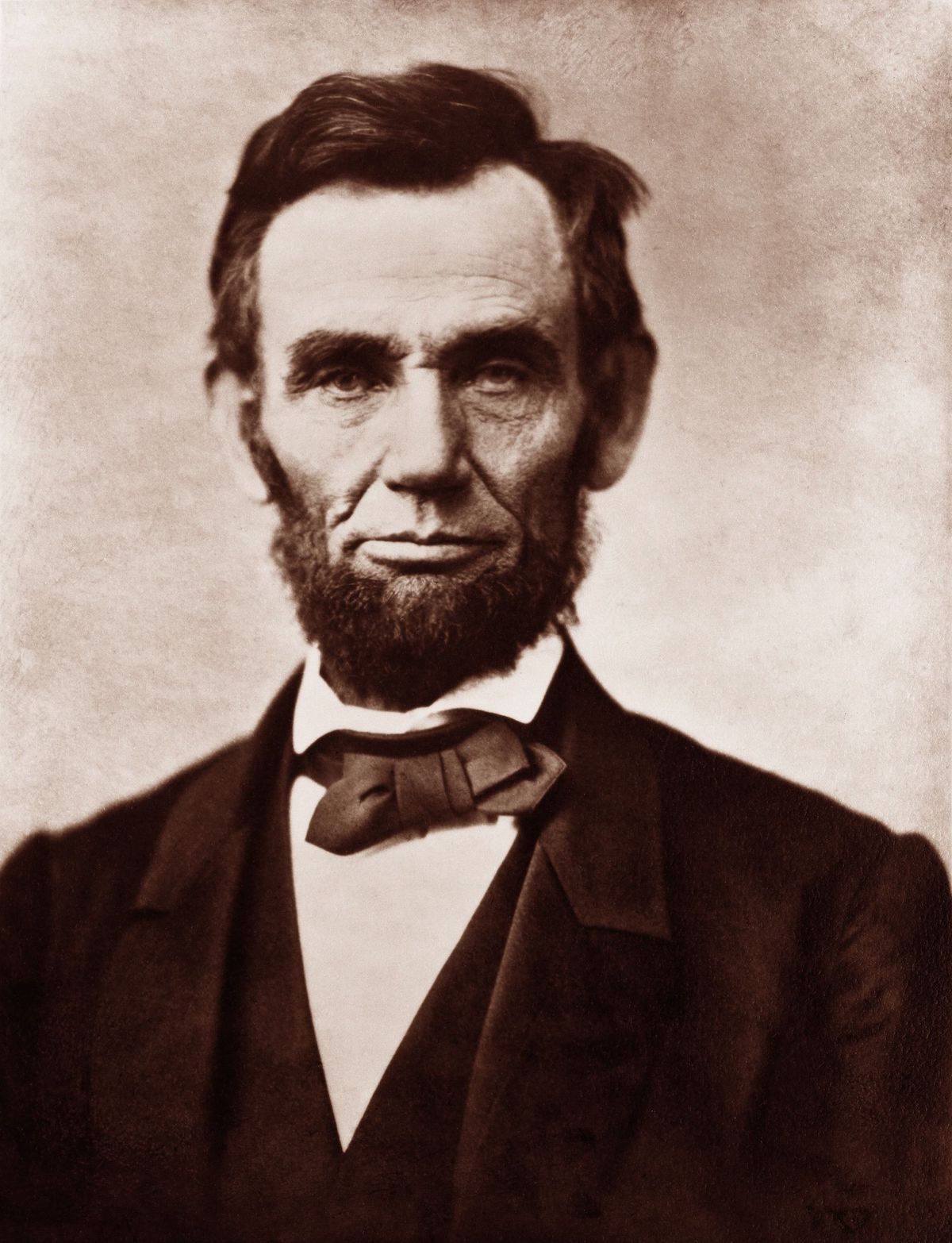When was Italy Unified?
The Italian Unification summary attests to an occurrence in the late 19th century, thanks to statesman Camillo Benso diCavour’s efforts and a rise in nationalism. In this comprehensive Italian unification summary, you will learn more about this historical process that changed the country’s course.
Who Unified Italy?
The Risorgimento movement was behind the Unification of Italy. Giuseppe Mazzini and his top pupils had failed in the attempt to create an Italy united by democracy. Garibaldi had the backing of his legion of Red Shirts.
The legion mainly consisted of young Italian democrats who took advantage of the 1848 revolutions to create a democratic uprising. Unfortunately, their attempts failed in the wake of the resurgence of conservative power in Europe.
Camillo di Cavour was the aristocratic politician who eventually united Italy under the crown of Sardinia using tools of realpolitik. Realpolitik is the idea that politics must be run under terms of pragmatic evaluation of power and the nation’s self-interest. The notion also supported the pursuit of those interests by all means, including violent and ruthless ones.
As prime minister of Sardinia, Cavour involved the British Kingdom and French side of the Crimean War and the peace conference to give the Italian Unification cause international publicity. He later allied with France in 1958. The treaty included a promise of military support against Austria if needed.
Austria was the main obstacle to Italy’s Unification. Later, a planned provocation of Vienna saw Austria declare war against Sardinia in 1859, and the French Army easily defeated them. In November 1959, the peace treaty was signed in Zurich, Switzerland.
The peace treaty saw Lombardy join with Sardinia. On the other hand, France received Savoy and Nice from Italy. That was a small price they had to pay to pave the way for Unification.
Cavour’s success inspired other revolutionary assemblies in Central Italian provinces. The provinces included Romagna, Parma, Tuscany, and Modena, and these are the ones that voted for Unification with Sardinia in 1859.
Garibaldi came out of his self-imposed exile to lead a latter-day Red Shirt army. His Army was dubbed the Thousand and was based in Southern Italy. It took up to the end of the year for Garibaldi to liberate Sicily and Naples. The two formed the Kingdom of the Two Sicilies.
On the other hand, Cavour was worried that Garibaldi, a democrat, would give up Sardinia, a legal monarchy, as the Italian unifier. So he ordered his troops to invade the Papal States and the Kingdom of Naples. After the victory of the invasion, Cavour planned for popular votes to annex Naples to Sardinia.
Cavour outmaneuvered Garibaldi by forcing him to yield his territories in the name of Italian Unification. In 1861, Italy was pronounced a united nation-state. The unified Italy was ruled under the Sardinian King, Victor Immanuel II.

What Effect Did Risorgimento Have on the Government of Italy?
So, what does Risorgimento mean? The Risorgimento is the movement to unite Italy into a single cultural and political entity. These developments took place in the first few decades of the 19th century.
Italian nationalism was on the rise in the peninsula. Besides that, the calls for a united Italian state were also rising in aristocratic and intellectual circles. This period and movement are referred to as the Italian Risorgimento.
The phrase means the resurrection. The Risorgimento resulted in the consolidation of different states in the Italian peninsula to form a unified state.
Major Events in Italian History
Franco-Austrian Battle
Year – 1859
Piedmont: Sardinia struck an alliance with Napoleon III’s France, provoking Austria to declare war. This, in turn, launched the conflict that served to unify the northern Italian states against a common enemy. The Austrians endured military defeats at Solferino and Magenta. After that, they agreed on a ceasefire at Villafranca.
Austria ceded Lombardy to France in the peace negotiations. France then ceded it to Piedmont– Sardinia.
Declaration of the Kingdom of Italy
Year – 1861
The outcome of the Franco-Austrian War was several plebiscites in the states in Northern Italy. After the battle, the states went to the ballot box and voted to unify Piedmont-Sardinia. The ultimate goal was to bring together the entire peninsula.
You should note that Piedmont-Sardinia was one of the peninsula’s more powerful states. It also boasted the most liberal political systems. The southern peninsula joined the fold after Garibaldi’s march to liberate the Kingdom of the Two Sicilies in 1860.
On March 17, 1861, the Kingdom of Italy was declared. The new ruling monarchs of Italy were the royal families of Piedmont-Sardinia.
The US Recognizes Italy’s Independence
Year – 1861
The United States officially acknowledged the Kingdom of Italy. This was when it accepted the credentials of Chevalier Joseph Bertinatti as Minister Plenipotentiary of the Kingdom of Italy on April 11, 1861.
Additional of Venetia
Year – 1866
The Kingdom of Italy included Venetia in its holdings in 1866. This was after the Austrian defeat in the Austro-Prussian War of 1866.
Incorporation of Rome
Year – 1870
The French troops were the major obstacle to the Italian occupation of the Papal States after 1867. However, France’s declaration of war upon Prussia in the summer of 1870 allowed the Italians to take advantage.
France had allocated most of its resources to the struggle for the Franco–Prussian battle. For example, Napoleon III ordered his troops out of the Italian Peninsula. Consequently, the Italians entered the Papal States in September 1870. They were able to annex the Papal States and Rome to the Kingdom of Italy with the backing of a plebiscite held in October.

US Legation to the Kingdom of Italy Shifts to Florence then Rome
Year – 1865 – 71
In 1865, the Kingdom of Italy moved its seat of government from Turin to Florence, and the US delegation followed. Finally, in the summer of 1871, the Italians moved their capital from Florence to Rome. This movement signified the completion of Unification.
George P. Marsh, the US Minister Plenipotentiary, was in charge of the move of the US Legation from Turin to Florence in 1865. He also oversaw the movement from Florence to Rome in 1871.
The Impact of the Italian Unification on Foreign Policy
The history of recognition and establishment of relations between the Italian States and the United States had a significant impact on various areas of US foreign policy. The notable ones included:
Trade and Commerce
The industrialization process had swept through the northern United States in the early 19th century, and it spread through the central and northern Italian states. This spread happened in the mid-19th century. Consequently, the Italian States and the United States were eager to cultivate trade and commercial ties for mutual benefit.
Immigration and Citizenship
By the 1870s, the immigration of Italians to the New World, comprising the United States and South American countries, was on the rise. Some of the “fathers” of modern Italy spent some time in the United States. For example, Garibaldi spent enough time in the US to receive a US passport. He was also offered a commission in the US Army for the period of the Civil War.
US Civil War
The Unification of Italy impacted the United States’ foreign policy in many ways. However, one of the issues that experienced the most immediate impact on US foreign policy was recognizing the US confederacy in the early 1860s.
The Kingdom of Italy was declared just as the US Civil War started. But, on the other hand, Abraham Lincoln, the US President, did not want the new Italian state to recognize the US Confederacy. The other worry for Washington was that Confederate ships would seek shelter in Italian waters thanks to its long coastline.
The Italian government assured Washington that they would not admit any Confederate ships at the Italian ports. They would only allow the ships if there were unfavorable weather conditions or other superior forces.

Interesting Facts on the Italian Unification
- The Italian unification process was a long and difficult one that lasted for over 60 years.
- The first steps towards Unification were taken in 1815 when the Congress of Vienna created the Kingdom of Italy. However, this kingdom was made up of several smaller states, which did not unite.
- In 1848, Italy declared war on Austria. However, it was not until 1870 that Italy finally became unified under the leadership of King Victor Emmanuel ii and Italy’s Caesar, Borgia.
- Much of Italy’s unification process is owed to Giuseppe Mazzini AP Euro, who led numerous military campaigns in South Italy, which helped Italy defeat the other Italian states.
- Italy started to gain a lot of its popular culture from America after gaining its Unification and trading goods, such as pasta and olive oil, for American corn and wheat.
- After the unification, the Italian navy was given steel hulls to help it gain its importance in the world once again (which it did to a certain extent).
- In 1861, Italy was granted control over several small Italian states that it fought for many years. However, the Italian government gained most of its money from taxing these newly acquired lands.
- The Italian Unification was not completed until the Italian government managed to control all Italian land.
- Italy began its unification process under the leadership of Camillo di Cavour, who helped Italy gain its first states after reunification.
- Giuseppe Garibaldi is mainly remembered for his military campaigns that led Italy to its Unification and being the first Italian prime minister.
- Italy was made up of many smaller Italian states, which it gained control over after several years of war and battles.
- Italy is credited for inventing spaghetti, ice cream, pizza, and many other famous Italian dishes or drinks.
- Italy became one country after several years of war and battles in the late 1800s. This led it to become a powerful nation once again in Europe.
- Italy is a popular tourist destination for people worldwide, who come to see its impressive historical landmarks and its beautiful coastline.
- Italy is considered one of the most beautiful countries globally, with its stunning landscape and picturesque villages.
- Italy has a population of over 60 million Italian people, making it the third most populated Italian state in Europe.
- Italy has produced many world-famous Italian artists, singers, and actors throughout its long history, which are still adored by millions of Italian people to this day.
- The Italian Unification was not easy for Italy, as it had to fight many wars and battles to gain control over all Italian land.
- Italy is a country that is rich in culture and history, which is why it is such a popular tourist destination for people all over the world.
There you have it! Some interesting facts about the Italian Unification.
A Historic Conclusion
The Unification of Italy during the 19th century was a complicated process with many setbacks, but in 1861 this goal was realized. It is an event that changed the course of history. When Italian states were unified under one flag and constitution, they began to prosper economically and culturally. Moreover, it saw the formation of a new country with its own identity.
This change in government has impacted everything, from Italian cuisine to fashion trends, over the past 150 years. And even though some sources argue about how prosperous their new country is today, most can agree that Italy is on its way to becoming an essential player on the international stage.

Community of passionate writers and content creators who share a love for Italian heritage, culture, travel, food, and the Italian-American community. Our mission is to celebrate Italy’s rich history and traditions and connect with others who share the same passion.

